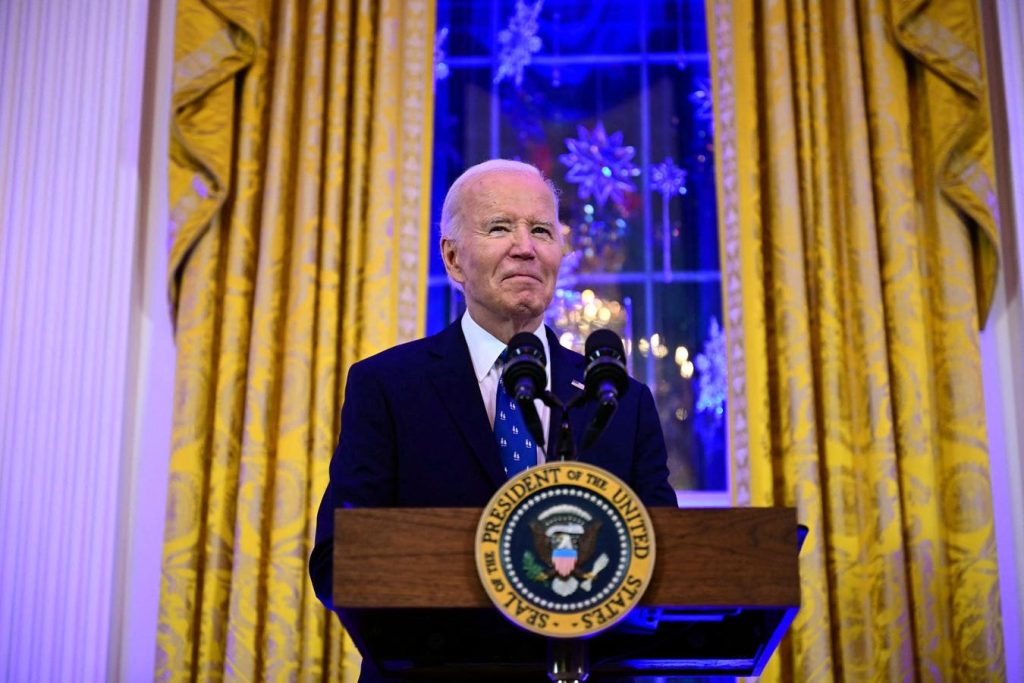Reopening of PAYE and ICR Plans: Amidst Legal Battles and Uncertainties
The Department of Education, under the Biden administration, has reopened enrollment for the Pay As You Earn (PAYE) and Income Contingent Repayment (ICR) plans, providing borrowers with alternative repayment options amidst ongoing lawsuits challenging the administration’s broader student loan forgiveness initiatives. While these plans offer a degree of relief, their full implementation remains hampered by legal challenges, creating complexities and requiring careful consideration for borrowers. The reopening announcement brings a mix of opportunities and challenges, particularly as the overall landscape of student loan repayment remains in flux.
The PAYE plan offers a more generous approach, capping monthly payments at 10% of a borrower’s discretionary income, defined as 150% of the poverty guideline. Loan forgiveness is granted after 20 years of enrollment. However, eligibility for PAYE is contingent on demonstrating a "partial financial hardship," meaning the PAYE payment must be lower than the standard 10-year repayment plan. The ICR plan, while less generous, caps monthly payments at the lesser of 20% of discretionary income (calculated at 100% of the poverty guideline) or the equivalent of a fixed 12-year repayment plan adjusted for income. ICR offers forgiveness after 25 years. The reopening of these plans provides options, but borrowers must carefully assess which plan best aligns with their individual financial situations and long-term goals.
While the Department of Education has directed loan servicers to process applications for these reopened plans, a significant backlog is anticipated, potentially causing delays of eight weeks or more. This backlog stems from the earlier suspension of these plans due to the introduction of the new SAVE plan, which itself has been put on hold by court challenges. The processing delays introduce further uncertainty, particularly for borrowers seeking immediate relief. To manage this, the Department has implemented a system of temporary forbearance, placing borrowers into an interest-accruing processing forbearance for up to 60 days while their applications are reviewed. If processing extends beyond 60 days, borrowers are moved into a general forbearance that does not accrue interest but also does not count towards Public Service Loan Forgiveness (PSLF) or IDR forgiveness.
The legal challenges surrounding the SAVE plan have also impacted loan forgiveness provisions under PAYE and ICR. Currently, only loan forgiveness under the Income-Based Repayment (IBR) plan, established through separate Congressional action, is being processed. Borrowers who reach the loan forgiveness milestones under PAYE and ICR will be placed in an interest-free forbearance while awaiting resolution of the legal challenges. This creates a waiting period for those nearing forgiveness, adding another layer of complexity to the repayment process.
Given these complexities, borrowers currently benefiting from the SAVE litigation forbearance, which offers interest-free paused payments, are generally advised against switching to PAYE or ICR. This forbearance provides an opportunity to improve financial standing and accumulate savings, potentially mitigating the impact of future payments once the legal landscape clarifies. However, borrowers nearing PSLF forgiveness, particularly those within a few months of reaching the required 120 payments, might benefit from exploring these plans. Switching plans could potentially expedite reaching the 120-payment mark, especially compared to waiting for the SAVE litigation to conclude.
An alternative for borrowers nearing PSLF is the PSLF Buy Back program, which allows the purchase of missing PSLF credits once 120 payments are reached. However, this program currently presents navigational challenges and requires reaching the 120-payment milestone before action can be taken. For borrowers with significantly fewer than 100 qualifying payments, the Buy Back program might be a more suitable long-term strategy, though it requires careful planning and awareness of the program’s complexities. The reopening of PAYE and ICR offers some options, but navigating the current landscape of student loan repayment demands careful consideration of individual circumstances and a thorough understanding of the available programs and their limitations.
In summary, the reopening of the PAYE and ICR plans offers a degree of relief for some borrowers, especially those nearing PSLF eligibility. However, ongoing legal battles, processing backlogs, and the uncertainty surrounding loan forgiveness provisions create a complex environment requiring careful planning and decision-making. Borrowers should thoroughly assess their individual situations, considering factors like their proximity to loan forgiveness milestones, the potential benefits of the SAVE litigation forbearance, and the complexities of the PSLF Buy Back program. As the legal battles continue, staying informed and strategically navigating the available options remains crucial for borrowers seeking to manage their student loan debt effectively.

